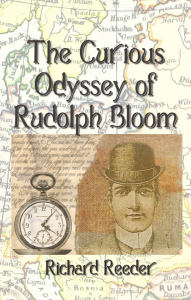
Today I spent about ten contemplative minutes sitting on a bench in the shadow of the Chicago Water Tower amidst the hustle and bustle in the center of the Magnificent Mile. I imagined how life must have been in the area when the Water Tower was built in 1869, when it was called the Chicago Water-Works Tower. There would be horse and buggies on the street, not cars. A completely different world! Back then, Michigan Avenue north of the river was called Pine Street, and a large ice rink provided amusement for the skaters on the corner of Pine and Superior.
Water-Works Tower survived the fire that ravaged the city in 1871. It became one of Chicago’s most famous landmarks. Visitors from around the world came to see it. One of the more noted visitors, Mr. Oscar Wilde of London, England by way of Dublin, Ireland, disliked the aesthetics of the structure immensely. Wilde, a dramatist, poet and novelist, known for his sardonic wit, stated that the water tower was “a castellated monstrosity with pepper-boxes stuck all over it….where one expects to see mailed knights peering out of every part.”
Despite Wilde’s negative opinion of the tower, I will come back again and sit in its shadow, where I will be comforted by its permanence on the city’s ever-changing landscape.



